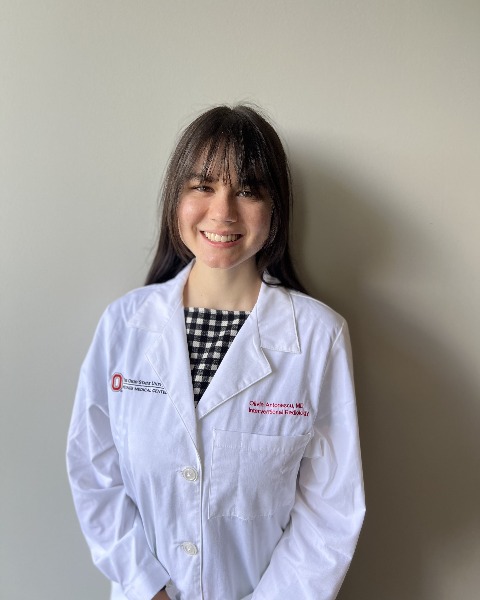Back
Break in Exhibit Hall & Posters in Foyer
Break in Exhibit Hall & Posters in Foyer
Analysis of Post-Venous Stenting Anticoagulation Practices for SVC and Iliocaval Veno-Occlusive Disease
Tuesday, March 5, 2024
3:15 PM - 4:45 PM EST
Location: Foyer
Objective: To better understand anticoagulation therapy protocols physicians are utilizing following central venous stenting and evaluating factors alerting typical regimens used.
Methods: Survey-based analysis was conducted between January 2023 to April 2023 evaluating the current practices of post venous stenting anticoagulation regimens. A 20-question survey was distributed through email, Twitter, and online forums. The questionnaire elucidated provider/practice demographics, anticoagulation regimens including agents, dosing, duration, and patient factors taken in agent choice. The survey questions were stratified for both superior vena cava (SVC) and iliocaval interventions.
Results: 121 respondents participated in the study, with interventional radiologists constituting 94%. While not statistically significant, the most preferred regimen approach with a high proportion for SVC (superior vena cava) interventions was direct oral anticoagulants and single antiplatelet therapy. Similarly, for Iliocaval interventions, low molecular weight heparin and single antiplatelet therapy was the regimen of choice with substantial proportion. Regarding factors influencing regimen change, we tested if the population proportion of regimen change due to each factor was greater than the average proportion of regimen change when some adverse events occurred. The significance level 0.05 is corrected as 0.05/27 for the upper or lower extremities. Nine factors affected SVC post-intervention anticoagulation regimens, including concurrent anticoagulation, history of deep venous thrombosis occurrence elsewhere, renal insufficiency, hypercoagulable state of malignancy, intracranial metastatic disease, antiphospholipid syndrome, and Factor V Leiden mutation, and cost of medication. For iliocaval interventions, the cost of medication was a key factor. For both SVC and iliocaval settings, intraprocedural heparinization was universally utilized.
Conclusions: This work highlights the most common post-venous stenting anticoagulation regimens and sheds light on common practices. Future studies should investigate these regimens in the evolving arena of venous stenting to elucidate optimal therapies for improved stent patency and patient outcomes.
Methods: Survey-based analysis was conducted between January 2023 to April 2023 evaluating the current practices of post venous stenting anticoagulation regimens. A 20-question survey was distributed through email, Twitter, and online forums. The questionnaire elucidated provider/practice demographics, anticoagulation regimens including agents, dosing, duration, and patient factors taken in agent choice. The survey questions were stratified for both superior vena cava (SVC) and iliocaval interventions.
Results: 121 respondents participated in the study, with interventional radiologists constituting 94%. While not statistically significant, the most preferred regimen approach with a high proportion for SVC (superior vena cava) interventions was direct oral anticoagulants and single antiplatelet therapy. Similarly, for Iliocaval interventions, low molecular weight heparin and single antiplatelet therapy was the regimen of choice with substantial proportion. Regarding factors influencing regimen change, we tested if the population proportion of regimen change due to each factor was greater than the average proportion of regimen change when some adverse events occurred. The significance level 0.05 is corrected as 0.05/27 for the upper or lower extremities. Nine factors affected SVC post-intervention anticoagulation regimens, including concurrent anticoagulation, history of deep venous thrombosis occurrence elsewhere, renal insufficiency, hypercoagulable state of malignancy, intracranial metastatic disease, antiphospholipid syndrome, and Factor V Leiden mutation, and cost of medication. For iliocaval interventions, the cost of medication was a key factor. For both SVC and iliocaval settings, intraprocedural heparinization was universally utilized.
Conclusions: This work highlights the most common post-venous stenting anticoagulation regimens and sheds light on common practices. Future studies should investigate these regimens in the evolving arena of venous stenting to elucidate optimal therapies for improved stent patency and patient outcomes.

Olivia Antonescu, MD
Resident
Ohio State
Columbus, Ohio, United States
